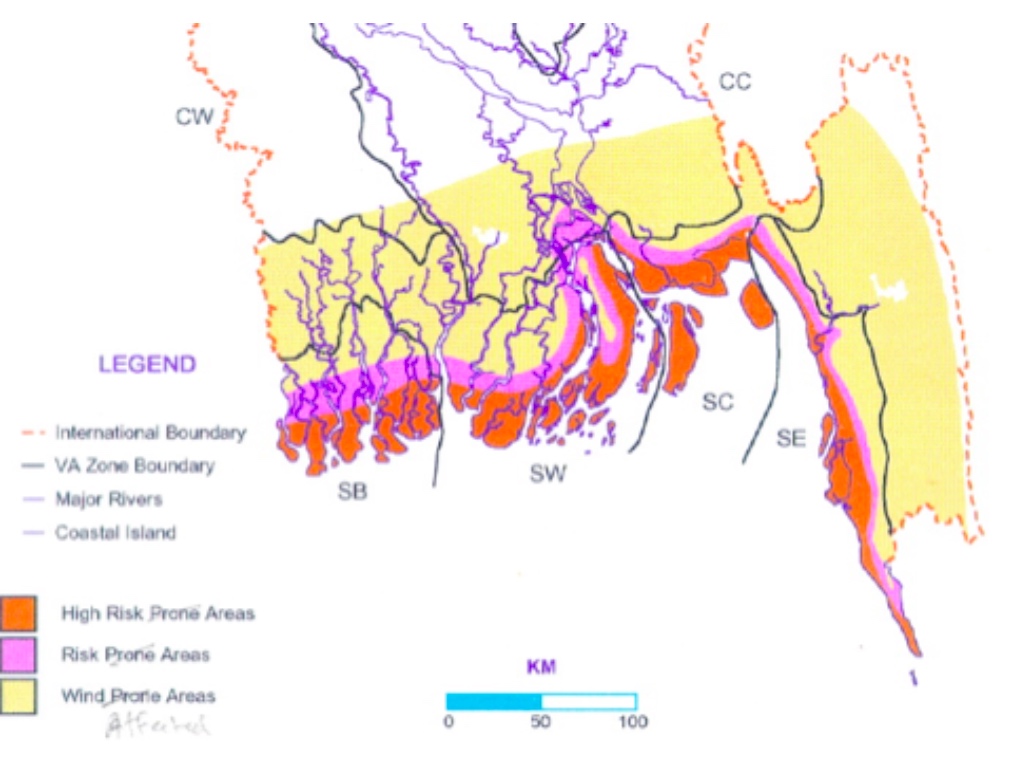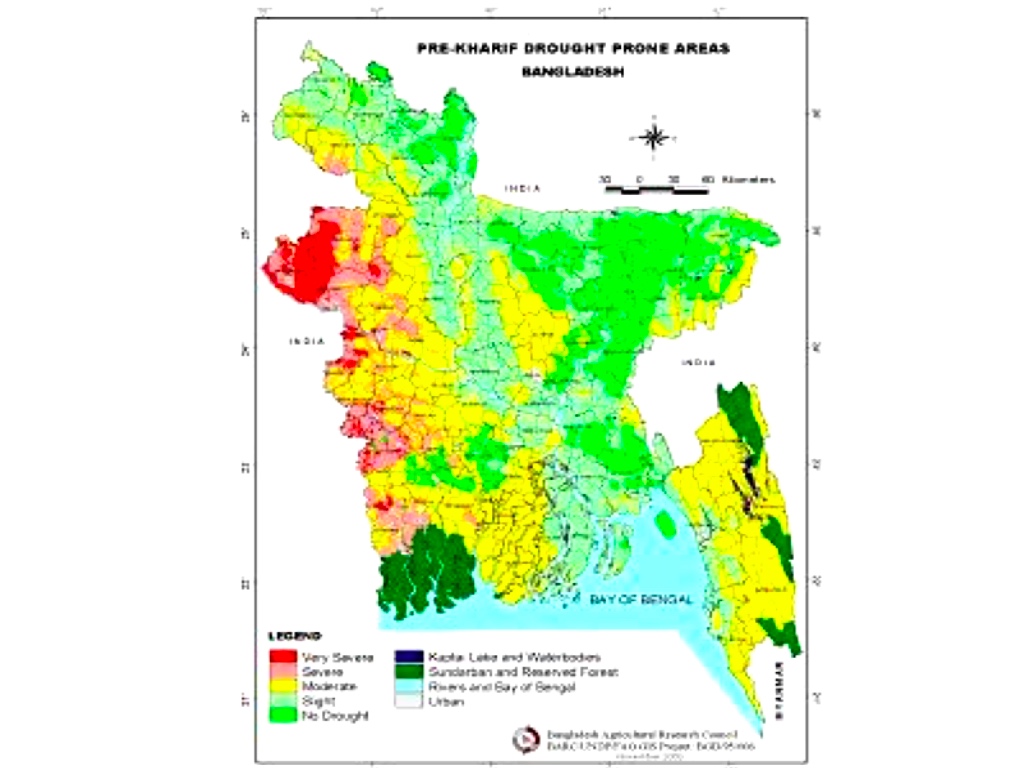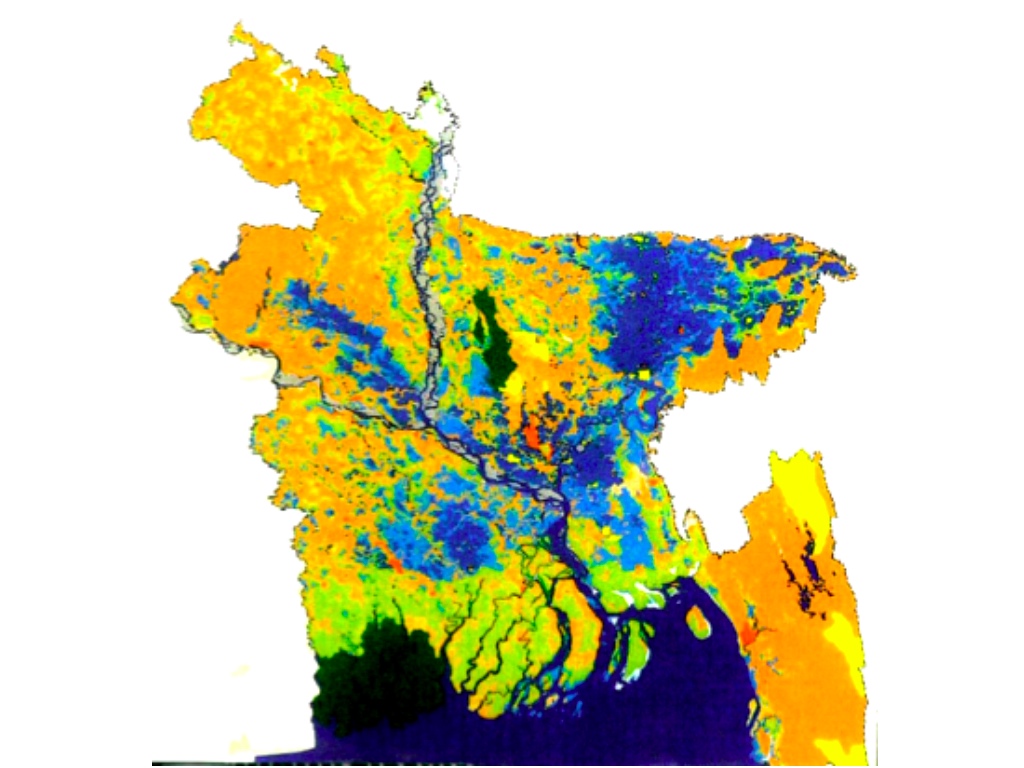Vulnerable Meaning in Bengali
Vulnerable translates to several Bengali words depending on the specific nuance you want to convey. Here are some options:
- আসহায় (āsahāya): This is a general term meaning “helpless” or “without support.” It emphasizes the lack of ability to protect oneself.
- অরক্ষিত (arakshita): This means “unprotected” or “exposed to danger.” It highlights the absence of safeguards against potential harm.
- নিরাপত্তাহীন (nirāpattāhīna): This translates to “insecure” or “unsafe.” It emphasizes the feeling of anxiety or fear due to a lack of security.
- ভেদ্য (bhedya): This means “vulnerable to attack” or “penetrable.” It focuses on the susceptibility to physical or emotional harm.
- জেয় (jeya): This means “conquerable” or “easily defeated.” It emphasizes the weakness or lack of defense against an opponent.
Choosing the right word depends on the context:
- If you want to emphasize the lack of ability to defend oneself, use “আসহায় (āsahāya)”.
- If you want to highlight the absence of protection, use “অরক্ষিত (arakshita)”.
- If you want to focus on the feeling of insecurity, use “নিরাপত্তাহীন (nirāpattāhīna)”.
- If you want to emphasize susceptibility to attack, use “ভেদ্য (bhedya)”.
- If you want to convey the ease of being defeated, use “জেয় (jeya)”.
Definition of Vulnerability:
A set of conditions and processes resulting from physical, social, economic, and environmental factors, which increase the susceptibility of a community to the impact of hazards. Positive factors that increase the ability of people and the society they live in to cope effectively with hazards and can reduce their susceptibility are often designated as capacities.
Some common vulnerability in Bangladesh
- Global warming
- Sea-level rise in terms of the number of people (a higher sea level means that the gradient of rivers will be reduced, resulting in slower drainage to the sea. This will be compounded by higher rainfall in the Ganges-Megna-Brahmaputra river basins and greater Himalayan glacier melts in the monsoon, resulting in more devastating floods.)
- Loss of coastal land to the sea in this vulnerable zone
- Displaced people
- Cyclones get more frequent and are likely to be more powerful
- A higher sea level means that storm surges that accompany cyclones will drive seawater even further inland.
- Increasing salinity in surrounding coastal areas
- Dramatically reducing yields from food crops
- Drinking water supplies
- Food shortages caused by loss of agricultural land in the coastal zone as well as by flooding and droughts elsewhere in the country
- Bangladesh’s Adivasi tribal minorities – such as the Garo and Santal in the north and west, and the Chakma and other tribes in the Chittagong hill tracts – are particularly vulnerable; they have lost much of their ancestral land to encroachment by settlers from more overcrowded parts of Bangladesh and are already concentrated on drought-prone or hilly agricultural land.
- Impacts of rises in temperature on tropical cyclone intensity in Bangladesh.
- The geographical location and geomorphological conditions of have made the country one of the most vulnerable ones to disasters in the world.
- The Bay of Bengal is a favorable breeding ground for tropical cyclones. About 5.5% of cyclonic storms (wind speed greater than or equal to 62 km/hr) form in the Bay of Bengal and about 1% of the cyclonic storms of the global total hit Bangladesh.
- Inland intrusion of saline water during winter when rainfall are less and caused
- Mangrove species, which can not tolerant of increased salinity, are already been threatened and extinct
- An increase in temperature and sea-level rise seriously affect the Sundarbans ecosystem and bio-diversity. A wide range of mammals, birds, amphibians, reptiles, and above all the Royal Bengal Tiger face extinction.
- The ecosystem of the only coral island of St. Martin’s island also affected
- Shrimp farming in the coastal area due to an increase in salinity is likely to make vulnerable shrimp farming.
- Sea level rise, an increase in cyclone intensity, and consequent increases in storm surge heights
- Young Clients of Hotel-Based Sex Workers
- Vulnerability to HIV, Risk Perceptions, poverty
- Over half the population survives below the poverty line
- Many people face limited choices because they are overlooked by basic services and safety nets, and have limited assets and capabilities
- Malnutrition and health shocks
- Hunger, chronic food insecurity
- People living below the poverty line
- Increased moisture stress during dry periods leading to increased drought both in terms of intensity and frequency
- Increased salinity intrusion during the low flow conditions. Drainage Congestion and Coastal Flooding
Vulnerability Mapping
Vulnerability Mapping is the mapping of a specific area based on some major indicators related to hazard, risk, threat, vulnerability, Disaster, and other related elements of that area. It focuses on identifying the vulnerable area and group by the community itself.
Objective of vulnerability mapping
The main objective of vulnerability mapping is identifying the vulnerable areas, types of disaster, effects of the disaster, and what is the capacity of the community. The detailed objectives are:
- Types of natural disaster which is frequently affected the area.
- Community perception of disaster
- Capacity of the community
- Availability of resource which has to be utilized of disaster management.
- To know is there any plan for disaster management/mitigation
- Make the overall community aware of vulnerable groups as well as vulnerable areas in terms of disasteretc.
- Identify the vulnerable pockets in the working area by the community itself in a participatory approach.
- Disseminate the vulnerability information at micro and macro level.
- To know the roll of local Panchayet / Local Govt.
- To prepare local contingency plan.
Vulnerability Mapping: How?
Vulnerability Mapping focuses the issue of identifying the vulnerable areas based on the analysis of the major indicators from the area map. The vulnerable area is identified and marked as well.
The map, at different level, represents all the relevant information (water option, safe water option, hygienic latrine, safe water option under risk of disaster, condition of the safe water option during disaster, total household, poor and hardcore poor household etc.) and the ranking of the areas according to the analysis.
Major Indicators for Vulnerability Analysis, e.g.-
- Water Options (Functional Tubewell with platform and without platform, Non-functional Tubewell)
- Sanitation Facilities
- Tubewell under risk of disaster (Functional Tubewell with platform and without platform, Non-functional Tubewell)
- Hygienic Latrine under risk of disaster
- Wealth Ranking (Rich, Middle Class, Poor, Hardcore Poor)
- Water bodies (River, Canal and Pond etc.)
- Institutions (School, Mosque, College, Madrasa)
- Cyclone/ Flood centre
Different Steps in developing Vulnerability Mapping
Vulnerability Mapping can be developed at different level such as para, ward, union and upazilla. At the very outset, the vulnerability mapping can be developed at para level identifying the pockets within the para area. Then, based on the para map and information, the map will be finalized at ward level, union level and upazila level. The detail of the steps is as follows.
Vulnerability Mapping at Para level
With the view to identify the vulnerable area/ pocket in the respective para, according to existing situation analysis, a mass gathering within the area will be organized at the very outset. The community from all walks of life joined the gathering. Transect walk, Water source mapping, Experience sharing and discussion are the methods in developing the water resource map.
After completing the transect walk, the community developed the area map and identified the household, infrastructure, water points and latrines etc. Accordingly, analyzing the important indicators of wealth ranking, the households will be classified into Rich, Middle Class, Poor and Hardcore Poor. Then, the households will be marked with the status of wealth ranking.
Afterward, the issue of disaster will be introduced to the community in detail. The community also will be shared the experience about disaster in the area. They highlight the vulnerable situation within the area, Water supply and sanitation situation during and after disaster, affected zones of the area in detail. They, accordingly, will be identified the areas of the para which were mostly affected by disaster.
They also will be identified the groups who had the capability to fight against disaster and its damage. The community, then, based on the Water supply and sanitation situation, affect of disaster and capability of the household assessed the vulnerability and will be categorized the total area into different groups as most vulnerable, moderately vulnerable and less vulnerable. And, later, they will make the areas in the map with different color to reflect the vulnerability.
Vulnerability Mapping at Ward level
Vulnerability Mapping at Union level
Vulnerability Mapping at Upazila level
Vulnerability Mapping in District Level.
Vulnerable areas:
Cyclone Vulnerable Area:

Drought Vulnerable Area in Bangladesh: North West part of Bangladesh.

Flood Vulnerable Area in Bangladesh

Vulnerable Meaning in Bengali
Critical dry periods in Bangladesh
There are two critical dry periods in Bangladesh.
(1) kharif – droughts in the period June/July to October result from dry conditions in the highland areas especially in the Barind Tract. Shortage of rainfall affects the critical reproductive stages of transplanted aman rice, reducing its yield, particularly in those areas with low soil capacity to hold moisture. This drought also affects the fishery and other household level activities.
(2) Rabi and pre-kharif – droughts in the period January to May, due to: i) the cumulative effect of dry days; ii) higher temperatures during pre-kharif (>40C in March/May); and iii) low soil moisture availability. This drought affects all the rabi crops, such as boro, wheat, pulses and potatoes, and pre-kharif crops such as aus, especially where irrigation possibilities are limited. (Karim, et al., 1990).